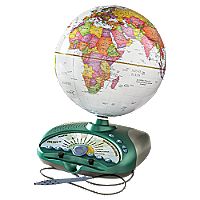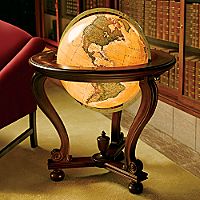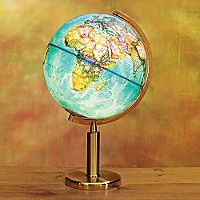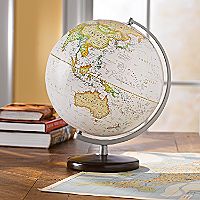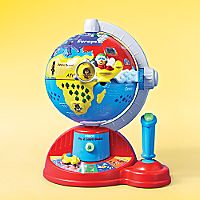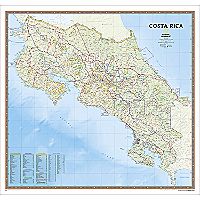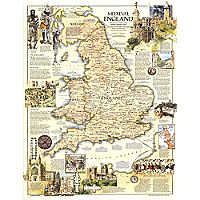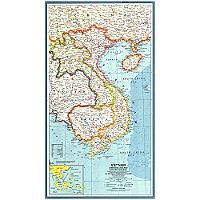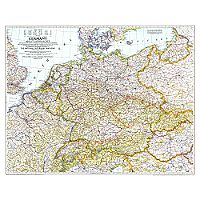Early in the seventh century, during great migrations of people across Europe, Slavic tribes from the northeast began to colonize this country.
Their descendants are the Slavic "nations" that make up modern Yugoslavia, including the slovenes, one of europe's smallest ethnic groups.
Yugoslavia encompasses the diversity of all Europe. It is the mountains that dominate the land. The Dinaric Alps lumber fiercely from north to south like a stone wall.

A living museum of 16th and 17th century architecture, the walled city of Dubrovnik was for centuries capital of the tiny yet prosperous republic of Ragusa, self-governing until the 19th century.
Catholicism is now enjoying a resurgence throughout Yugoslavia, which over the years has provided a more secure climate for religion than most Eastern European states.
Qagreb, capital of Croatia, is Yugoslavia's economic and industrial leader. With it's luscious parks, baroque 17th and 18th century buildings, it's a delight to go for a stroll.

Nowadays Roman Catholics have a refuge that has little to do with race or politics.

